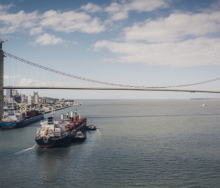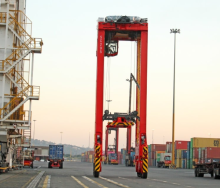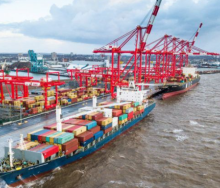Friday’s explosion aboard the Yang Ming-owned container ship YM Mobility at the Port of Beilun in Ningbo, China, has raised alarms within the maritime industry, particularly regarding shipping insurance.
This incident follows a series of fires on vessels operated by Maersk and MSC, highlighting a troubling trend that could have significant implications for shipping companies and insurers.
The explosion was reportedly caused by a container holding hazardous materials, specifically refrigerated organic peroxides.
Fortunately, there have been no reports of casualties or injuries, but the incident has reignited concerns over fire safety on container ships.
As container ship fires become increasingly common, the marine insurance sector is bracing for a wave of claims and losses.
According to the International Union of Marine Insurance, fires on container vessels are now a leading cause of major losses, significantly impacting both cargo and hull insurance.
In response to the heightened risk, insurers are adjusting their rates.
Underwriters are becoming more cautious, leading to higher premiums for shipping companies as they reassess risk profiles in light of the growing frequency of such incidents.
More than ever before, the shipping industry is under pressure to enhance fire safety measures on board vessels.
Experts have noted that firefighting capabilities have not kept pace with the increasing size of container ships, which can carry up to 1 500% more containers than in previous decades.
This disparity has heightened the risk of fires, particularly from misdeclared hazardous materials.
Regulatory bodies, including the International Maritime Organization, are expected to address these concerns in upcoming regulations, potentially introducing new requirements for improved fire safety measures and better cargo declaration practices.
Such changes could significantly influence insurance underwriting standards.
The ramifications of these incidents extend beyond insurance.
Fires can lead to substantial delays in cargo release due to the declaration of general average, complicating logistics and increasing costs for shipping companies.
This disruption is particularly concerning for seasonal goods, underscoring the need for robust contingency planning in shipping operations.
Moreover, the complexity of salvaging large container vessels after a fire can result in significant claims, further driving up insurance costs and impacting overall shipping expenses.













